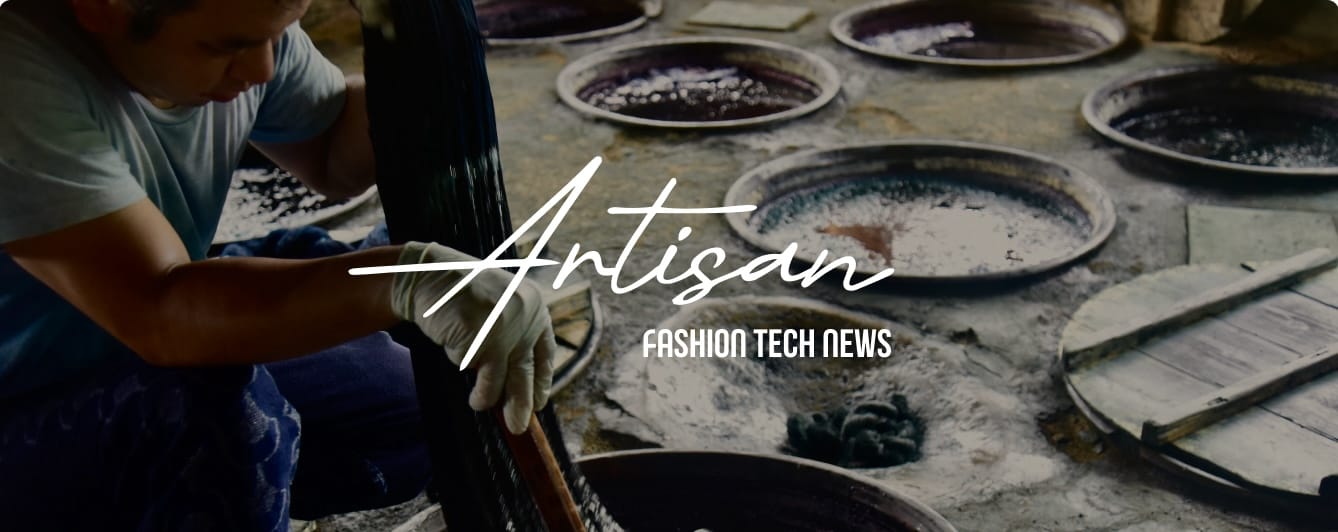01.08THU
2025.08.14
Making Polyester from CO₂: Fairbrics Attempt for a Decarbonization Revolution in the Fashion Industry

As the fashion industry faces scrutiny over its environmental impact, the seemingly fantastical idea of "making clothes from CO₂" is becoming a reality.
Founded in Paris, France, in 2019, the chemical company Fairbrics is tackling the decarbonization of the fashion industry with innovative technology that uses captured CO₂ emissions as a raw material to produce fibers with performance equivalent to conventional polyester.
We spoke in detail with the company's Head of Operations, Bruno Marengo, about the technology for making clothes from CO₂, the challenges facing the fashion industry, and the prospects for commercialization.
PROFILE
Bruno Marengo
Head of Business Operations at Fairbrics and an expert in international development in fashion. He plays a central role in Fairbrics supporting the world class scientists developing the process that converts industrial CO₂ emissions into textiles.
From CO₂ to Polyester: The Full Scope of the Innovative Technology
Fairbrics is set to revolutionize polyester production by transforming CO₂, previously treated as waste, into a resource.The technology developed by the company can synthesize the main raw materials for polyester, MEG (monoethylene glycol) and PTA (purified terephthalic acid), not from fossil fuels but from CO₂. This process, which could be described as "industrial photosynthesis," has the major advantage of extremely low energy consumption, as it operates at low temperatures below 200°C, compared to the nearly 1,600°C required by conventional methods.
CONCEPT VIDEO
"fashion tech news" Unveils New Logo & Concept Video
TOP ARTICLES
RELATED ARTICLES
CONCEPT VIDEO
"fashion tech news" Unveils New Logo & Concept Video
CONTACT
If you have any questions or enquiries, please enter your details in the form below.















.JPG?w=400&fm=webp)

.png?w=400&fm=webp)

